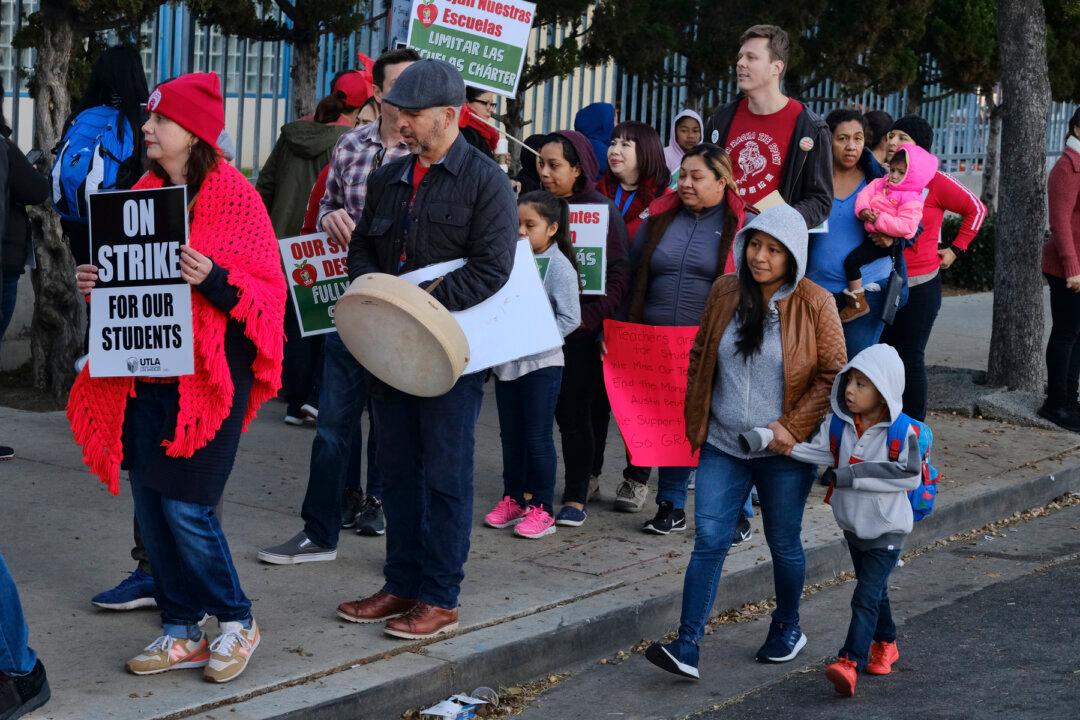During the January teachers’ strike in Los Angeles, unions dedicated a great deal of attention to charter schools, with some even accusing officials of hurting public schools.
At the time, Alex Caputo-Pearl, the president of the United Teachers Los Angeles (UTLA) union, told a cheering crowd of striking educators that the district was “[starving] our schools in order to justify cuts and justify handing more schools over to privately run charter schools.”




